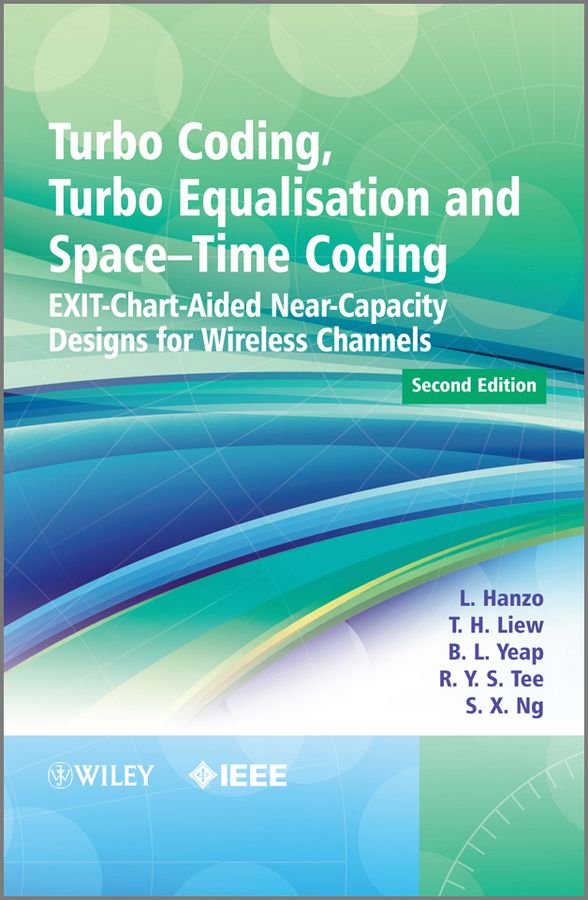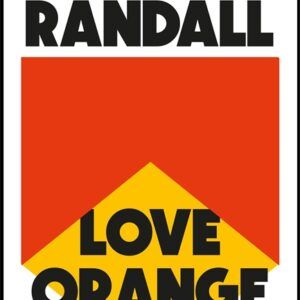Covering the full range of channel codes from the most conventional through to the most advanced, the second edition of <i>Turbo Coding, Turbo Equalisation and Space-Time Coding</i> is a self-contained reference on channel coding for wireless channels. The book commences with a historical perspective on the topic, which leads to two basic component codes, convolutional and block codes. It then moves on to turbo codes which exploit iterative decoding by using algorithms, such as the Maximum-A-Posteriori (MAP), Log-MAP and Soft Output Viterbi Algorithm (SOVA), comparing their performance. It also compares Trellis Coded Modulation (TCM), Turbo Trellis Coded Modulation (TTCM), Bit-Interleaved Coded Modulation (BICM) and Iterative BICM (BICM-ID) under various channel conditions.<br /> <br /> <p>The horizon of the content is then extended to incorporate topics which have found their way into diverse standard systems. These include space-time block and trellis codes, as well as other Multiple-Input Multiple-Output (MIMO) schemes and near-instantaneously Adaptive Quadrature Amplitude Modulation (AQAM). The book also elaborates on turbo equalisation by providing a detailed portrayal of recent advances in partial response modulation schemes using diverse channel codes.</p> <p>A radically new aspect for this second edition is the discussion of multi-level coding and sphere-packing schemes, Extrinsic Information Transfer (EXIT) charts, as well as an introduction to the family of Generalized Low Density Parity Check codes.</p> <p>This new edition includes recent advances in near-capacity turbo-transceivers as well as new sections on multi-level coding schemes and of Generalized Low Density Parity Check codes</p> <ul> <li>Comparatively studies diverse channel coded and turbo detected systems to give all-inclusive information for researchers, engineers and students</li> <li>Details EXIT-chart based irregular transceiver designs</li> <li>Uses rich performance comparisons as well as diverse near-capacity design examples</li> </ul>
Turbo Coding, Turbo Equalisation and Space-Time Coding
₹13,753.00
EXIT-Chart-Aided Near-Capacity Designs for Wireless Channels
This book is currently not in stock. You are pre-ordering this book.




